Products

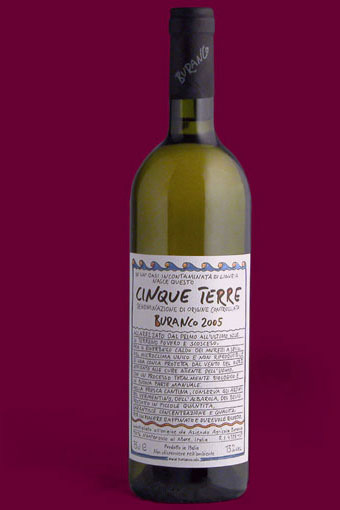
White Wine
Cinque Terre D.O.C Buranco
Vinification
For Cinque Terre D.O.C. Buranco we select bunches individually for ripeness. They are picked by hand, destemmed and left to macerate naturally for about 24 hours. The must is drawn off by gravity and the fermentation takes place under temperature control below 20°C. The wine matures on its lees, 20% in oak barrels and the rest in steel tanks for five months, with regular bâtonnage to enhance the highly aromatic qualities of the grapes…
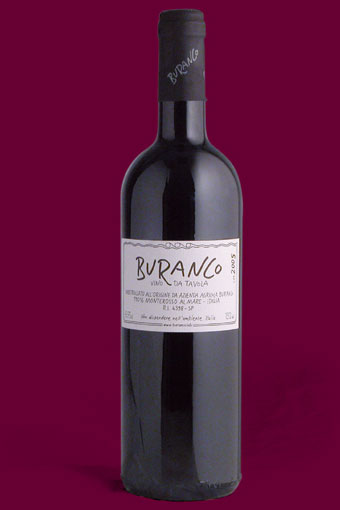
Red Wine
Rosso Buranco
The Cinque Terre has never had a reputation for its red wine beyond local consumption. To create a red wine which could justifiably represent the region beyond its borders required a break with tradition, a clear strategy and sound know-how. And a determination to prove that the region had the potential to produce wines that could hold their own outside the local market…
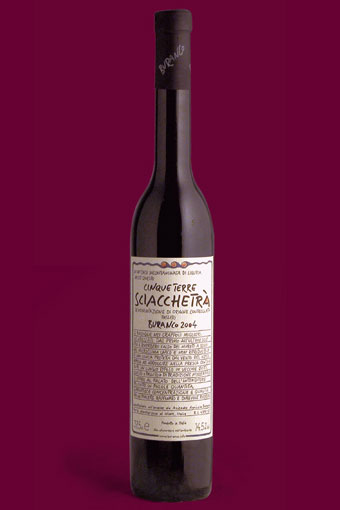
Sciacchetrà
Sciacchetrà
Sciacchetrà (pronounced “shack-eh-trà”) is an ancient and legendary wine made from naturally dried grapes. It is the quintessence of the Cinque Terre and is now almost as rare as it is famous. At BURANCO, we recently recommenced production, as have a few others, so that this unique wine is again beginning to re-establish the reputation of the Cinque Terre’s terroir…
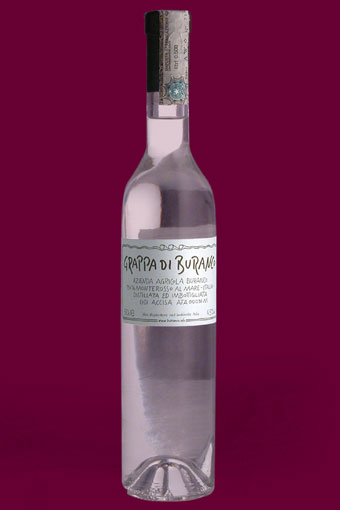
Grappa
Grappa
We use the pomace of our white, red and Sciacchetrà wines to make our grappa, or eau-de-vie, that reflects the very special character of BURANCO. It is produced by the well-known Rovero distillery of San Marzanotto in Asti.
Using a small, water-heated still, Franco Rovero gently distills the essence of our vineyards. Our grappa has a smooth nose with overtones of rose and violet, but its flavour is dry and intense, warm and persistent, heightened by the typical rich fullness of the Sciacchetrà.
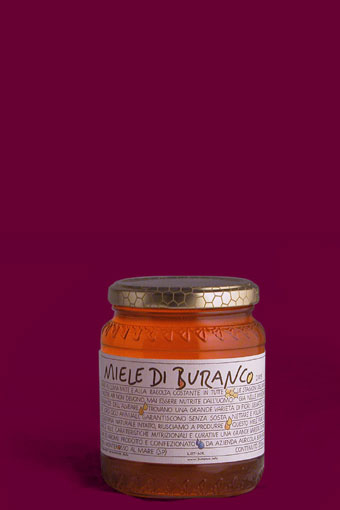
Honey
Honey
Beekeeping has long been an important activity in the BURANCO valley. Its particularly favourable microclimate ensures that the bees have a constant supply of flowering trees and shrubs throughout the year. February provides sweet-smelling wild heather, March an abundance of yellow sheep’s sorrel, known locally as “bread and wine” because of its nutritional properties…
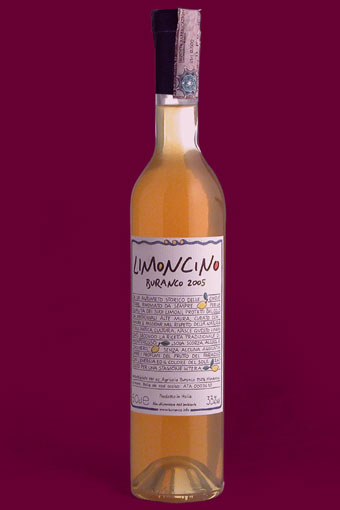
Limoncino
Limoncino
Our lemons are organically produced. We pick early in the season, selecting only the best fruit from our venerable lemon grove to ensure a high essential oil content.
BURANCO Limoncino is made the way it always has been in Monterosso. Wafer-thin yellow lemon skins are peeled by hand and combined with alcohol and sugar. Its flavours and aromas speak of fruit slowly matured on the bough in sun-drenched lemon groves.
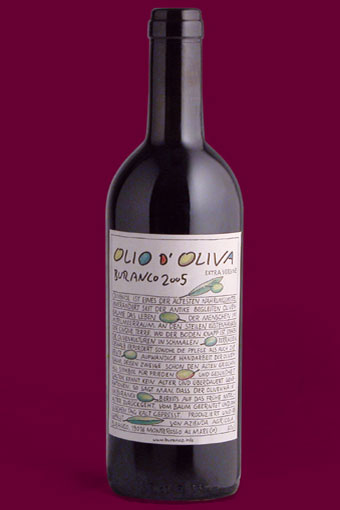
Olive Oil
Extra Virgin Olive Oil
Olive oil is a staple of the Mediterranean diet. Indeed, the area beyond the Mediterranean was originally defined as the lands where the olive tree no longer grows. The steep coastal slopes of the Cinque Terre have been terraced and cultivated for centuries. Every piece of available land, no matter how poor or inaccessible, has been put to some use, and often planted with olive trees…
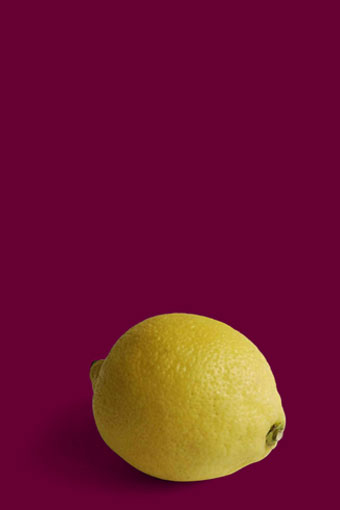
Lemons
Lemons
The lemon tree is synonymous with a mild Mediterranean climate. It only prospers where temperatures stay above freezing in winter, when there is sufficient warmth in the air but enough moisture in the soil, and no strong winds to damage flower or fruit…